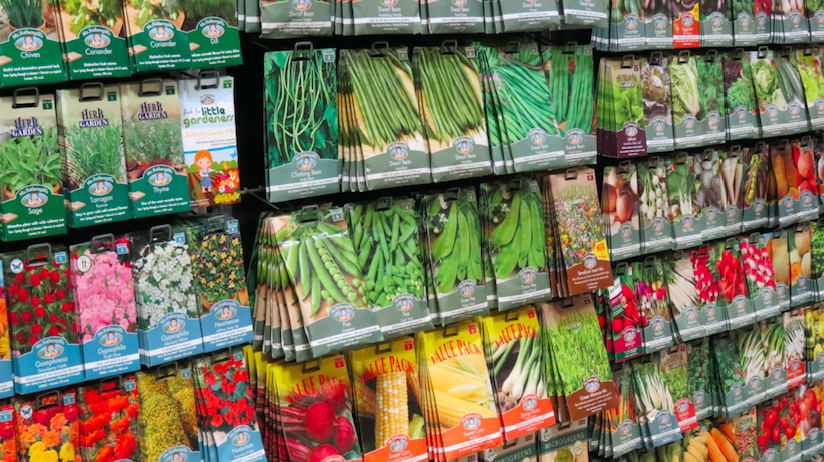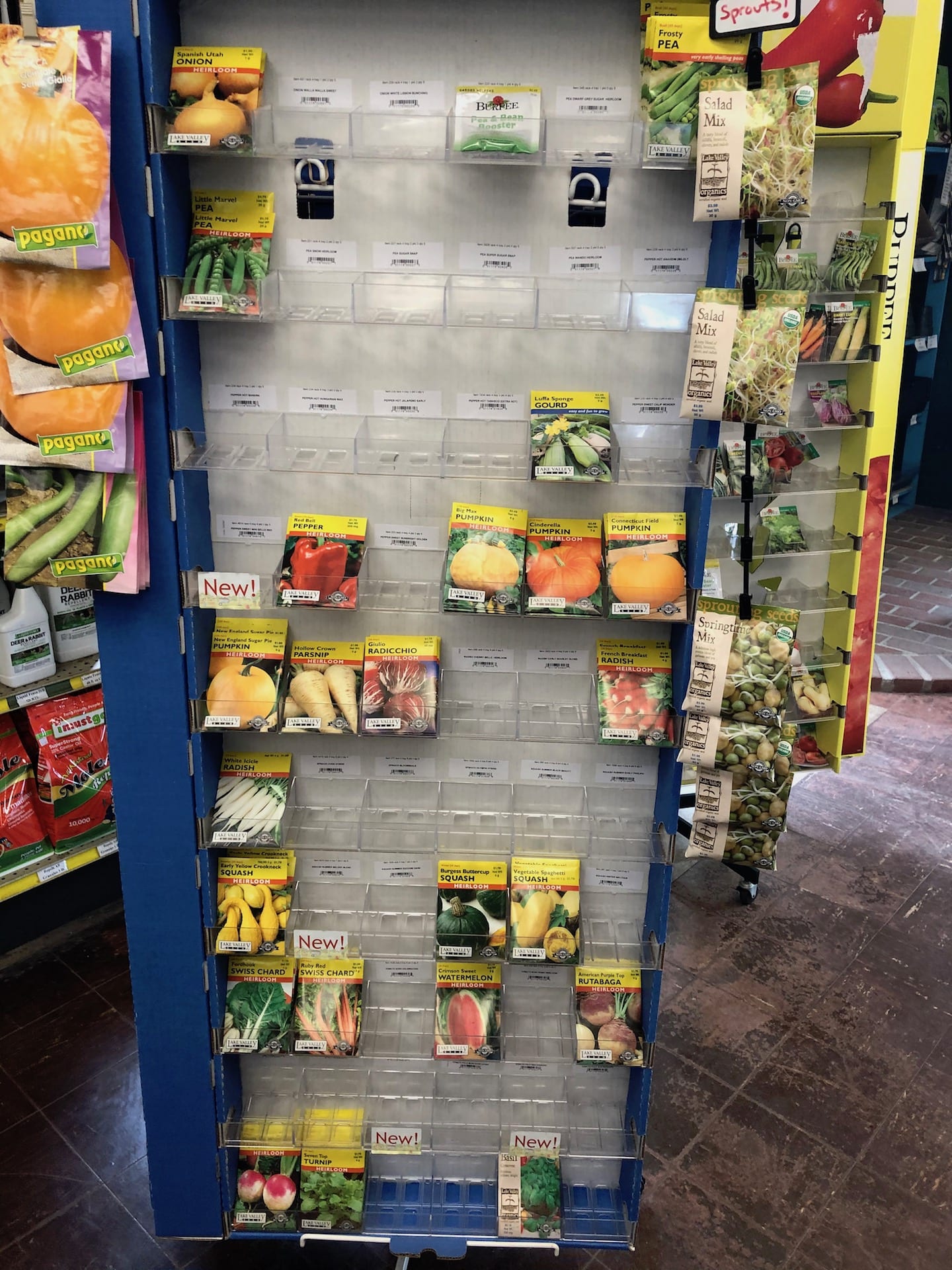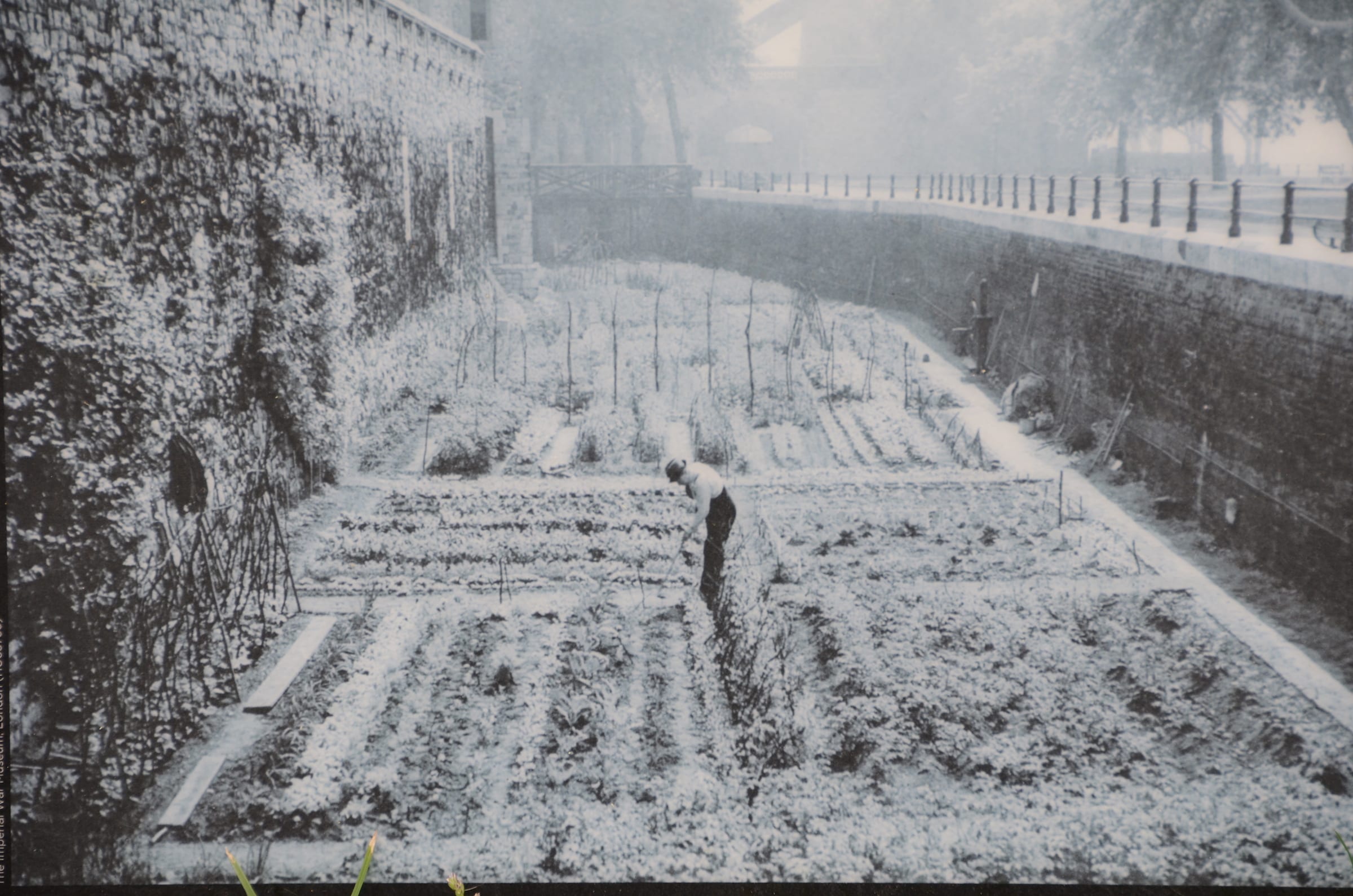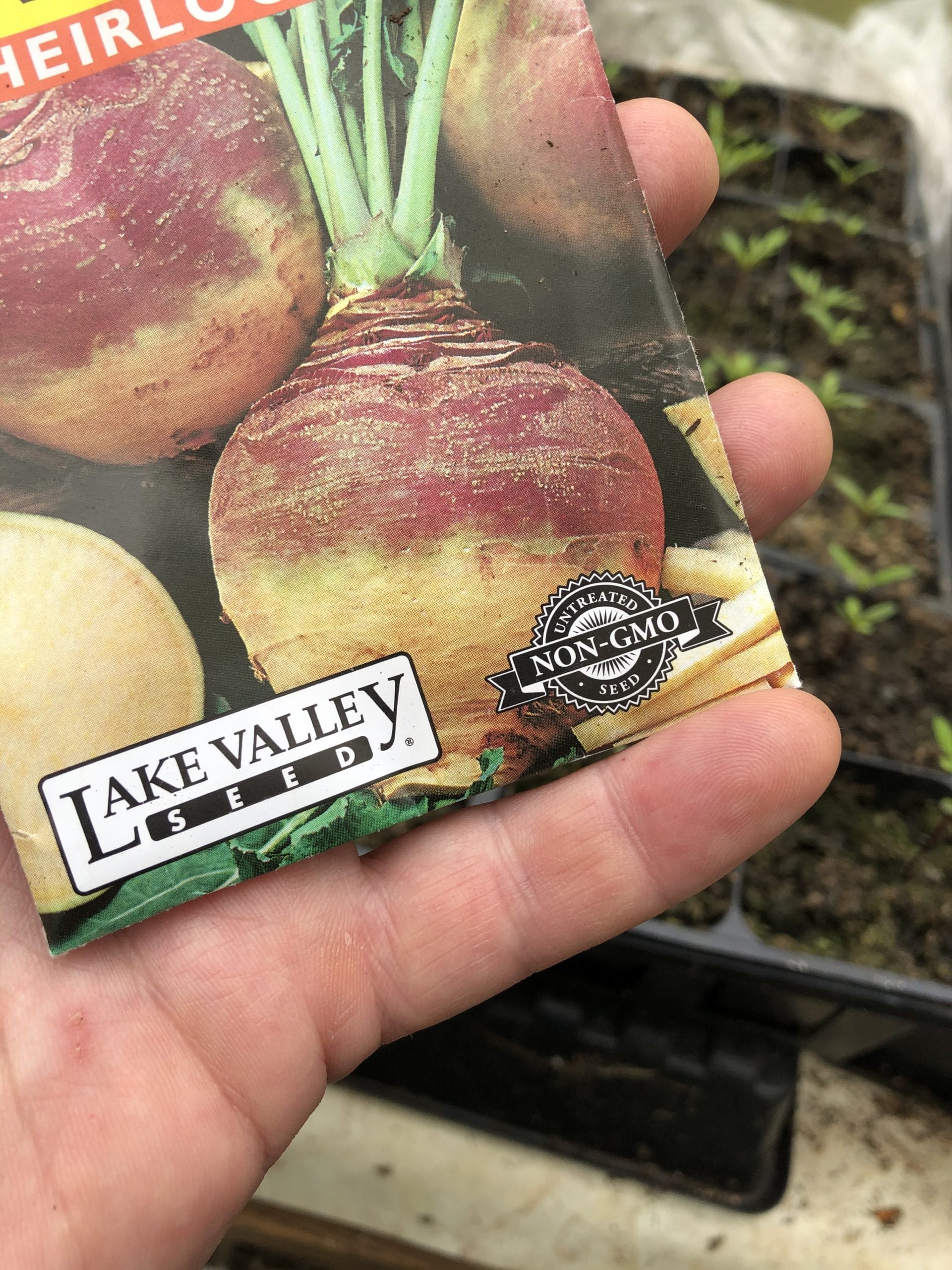
Gardening Green with Doug
by Doug Oster
May 6, 2020
The seed rack at the nursery looked as though it was ravaged by unruly Black Friday shoppers trampling each other in search of something to plant. The same was true at the hardware store down the road, where the cashier said, with an awkward smile, “sorry, they’ve kind of been picked over.” That was the understatement of the season.
There’s a deep thirst for gardening in the middle of this pandemic, which is being quenched by packets of vegetable and flower seeds. It’s a unique time in history, paralleling the Victory Gardens of WWI and WWII. Back then, people grew vegetables at home and in common areas to help the war effort and lesson the pressure on the food supply.
The popularity of gardening comes and goes in waves usually tied to certain events or the economy. The rise of Martha Stewart saw a spike, then 9/11, the economic crash in the late 2000’s and now COVID-19. Although the crisis in the economy back in 2007 doubles seed sales each season for a few years, this year seed companies were inundated with orders starting in March. “I’ve never seen anything like this before,” a stunned Jere Gettle, owner of Baker Creek Heirloom Seeds told me. Since then his company and many others have been forced to shut down for days at a time to restock and try to fill all the orders. One look online reveals lots of items which are sold out.


One exasperated local nursery professional in need of seed was actually reprimanded for simply asking if a seed company had received his order. That’s how crazy it’s become, forget about toilet paper, find some seeds. Usually a restocking order for a garden center would take three days to arrive at a garden center, now it’s three weeks with fingers crossed.
I was on a journey to find rutabaga seeds, yes, that’s right, rutabaga seeds. My wife has fallen in love with an old show called “At Home With Arlene Williams,” which was produced locally for the Cornerstone Network. The show highlighted rutabagas as a tasty root crop in a recipe. Many different vegetables have been added to the garden at the bequest of a significant other. It’s one of the most satisfying things about gardening, growing for someone else.
Even though the display at my local nursery was barren, the reviled and misunderstood rutabaga packets hadn’t been touched. It might seem like an odd choice, but everything that grows in the garden tastes good to me, even the most “unique” vegetables. The variety is ‘American Purple Top’ which has sweet yellow flesh that turns orangish when cooked. This old-fashioned root crop produces softball sized roots which will store for months or longer at the end of the season, making it perfect for something to rely on for a taste of the garden in summer or much later.
If you want seeds for your garden, don’t be afraid to experiment when examining what’s left in those racks. A white icicle radish is as tasty as a conventional round, red variety. Golden beets, parsnips, turnips, odd looking squash might have been overlooked by the hoards, but that doesn’t make them any less valuable in the garden.
For those just starting out, remember that there is no such thing as a green thumb. Yes, gardening is about life-long learning, part art and part science, but there are three basics which will get you started on the right foot.
- Improve the soil. Organic matter like compost gives plants everything they need. When they are growing in quality soil, plants will fend off many pests and diseases. It can be made at home, bought in bags or by the truckload from local garden centers.
- Know when to plant what you want to grow. Seeds and plants of cool weather crops like lettuce, other greens, onions, radishes, beets and other root crops, Swiss chard and many others will thrive now. Tomatoes, beans, peppers, cucumbers, squash go in later when things warm up. That information is easy to find online.
- Don’t let things dry out. If rain is scarce, water deeply, once a week in the morning. Also add a layer of mulch to keep the ground evenly moist. Mulch should never touch the stem of the plant and look more like a donut, never like a volcano.
If there are old seeds at home, they can be tested to see if they are viable. Take 10 or so seeds, place them in a moist paper towel and then into a reclosable plastic bag. Put the bag somewhere warm and check the contents every few days for three weeks. If more than 50 percent germinate, the seeds are worth planting.

The Garden is a place of solace, to put things in perspective. Growing our own food and flowers has always helped people cope with what’s happening in the world.
While planting those tiny rutabaga seeds is a flat, I forgot about everything else around me and dreamed of roasting the ugly round roots for an early fall treat, as they are sweetest when nipped by frost. It will be the perfect comfort food after planting hundreds of daffodil bulbs.

Leave A Comment